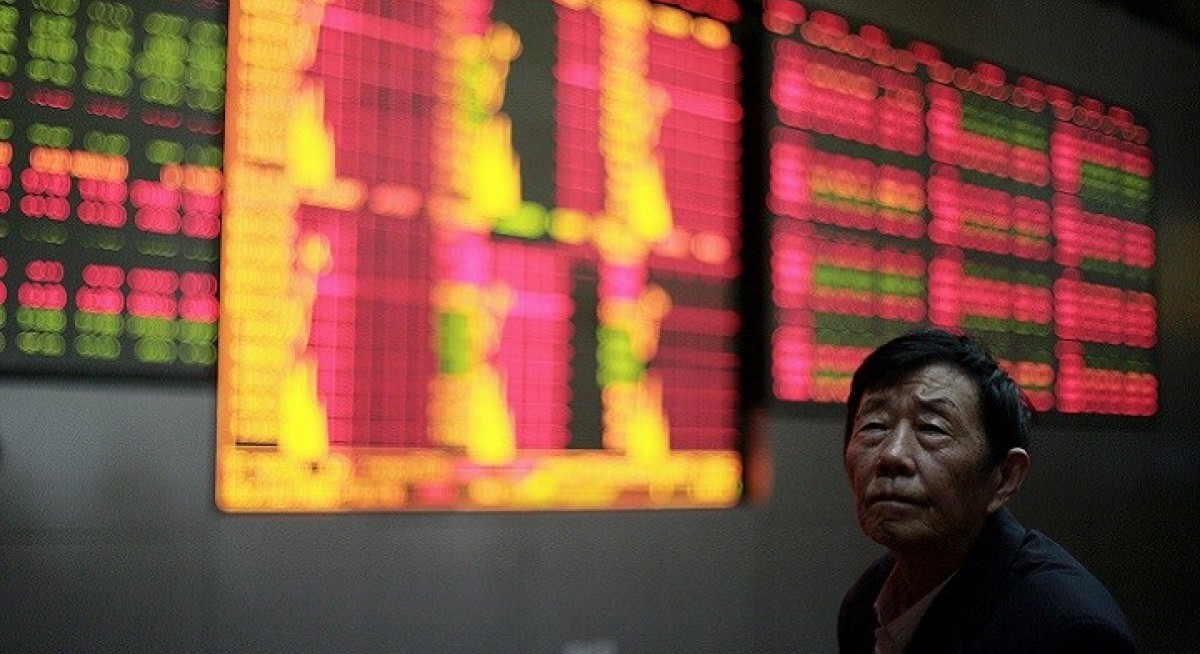Decoding two major trends in China’s economic cycle
Investor sentiment has experienced sharp swings in recent years. From 2022 to 2024, economic headwinds and a downturn in the real estate sector fuelled widespread pessimism. However, since September last year, a series of government policies have signalled that the deleveraging cycle may be nearing its end, helping to restore investor confidence.
Given the close link between market sentiment and the macro environment, it’s important to review China’s past economic cycles when looking ahead. Over the past three decades, two trends stand out: the economy has alternated between rapid growth and deleveraging, and each new growth phase has been driven by distinct factors — from exports to infrastructure to real estate. Looking forward, consumption and technology are set to drive the next cycle. While growth may be more moderate, it’s expected to be more sustainable.
An evolving equity landscape
See also: Beyond AI, formal retail, luxury and financial sectors are growth stories to watch next year: HSBC
Structural shifts in China’s macro environment have notably shaped equity market trends. Before 2021, the so-called “core assets”, such as quality growth and blue-chip stocks, led the market, delivering strong returns from 2016 to 2020. Since 2021, however, high valuations, moderating economic growth and increased uncertainty, which are exacerbated by the pandemic, have once again prompted changes in market leadership.
Investing in traditional incumbents is increasingly less favoured as cyclical transitions and China’s evolving market structure drive frequent sector rotation. Over the past decade, sectors like telecommunications, financials and internet have taken turns leading major indices, underscoring the need for investors to adapt strategies swiftly.
Policy changes are also important to watch. In recent years, much of the ultra-low pricing seen in industries like EVs, solar and steel stems from intense domestic competition — often referred to as “involution.” In this environment, companies are forced to cut prices and accept thinner margins just to survive.
See also: Stay selective across Europe; diversify beyond AI: Ivy Ng, CIO for Apac at DWS
To address these pressures and improve corporate returns, the government has launched a new wave of supply-side reforms under its “anti-involution” campaign. These policies are designed to improve profitability in mature sectors. As these industries enter a harvest phase, reduced capital expenditures and stronger cash flows help stabilise profits, even without significant revenue growth.
Investors who focus solely on net profits may overlook attractive opportunities. For example, after years of capacity growth, China’s aluminium industry is now in its harvest phase, showing strong financials and share price performance — a pattern seen in LCD panels as well. These companies have proven resilient even without policy support, and “anti-involution” efforts are expected to support profit growth in mature sectors further.
Identifying attractive opportunities in China’s equity market
Given the constant change in China’s markets, investors must stay adaptable. The key is to monitor long-term structural trends, identify emerging product and technology cycles and capitalise on market dislocations — thus uncovering high-quality companies with strong long-term potential. Mid- and small-cap stocks deserve special attention, as they are often less researched and overlooked by investors. Data show that many of China’s long-term compounders have emerged from smaller enterprises, yet investors remain heavily concentrated in a few mega-cap names. Broadening the investment universe beyond mega-caps can help uncover unique opportunities with high-growth potential.
Three main themes stand out. First, consumption is set to become a key growth driver. Consumer IP stocks with strong brands can deliver rapid growth, though they require careful monitoring of transaction trends. In contrast, platform companies with deep competitive moats have delivered more sustainable returns. For example, leading shopping mall operators benefit from overall consumption trends and can generate consistent returns by attracting foot traffic, regardless of which consumer sub-sector is in favour.
Second, technological innovation is also poised to propel China’s next phase of growth. Sectors such as advanced driver-assistance systems (ADAS), artificial intelligence and biotechnology are entering periods of rapid expansion. In particular, China’s ADAS sector is at an inflexion point, with adoption rates expected to accelerate, similar to how they did for electric vehicles in recent years.
Third, mature industries entering their harvest phase — such as aluminium, LCD panels, fibreglass and wind power — are experiencing improved supply-demand dynamics, which could boost profitability and unlock investment value.
Investing in China’s equity market requires flexible strategies and the ability to adapt to constant change. Investors should remain attentive to structural shifts, avoid over-concentration in mega-cap names and actively seek opportunities presented by new growth cycles, supportive policies and technological innovation.
Wenli Zheng is portfolio manager of the China Evolution equity strategy at T. Rowe Price




